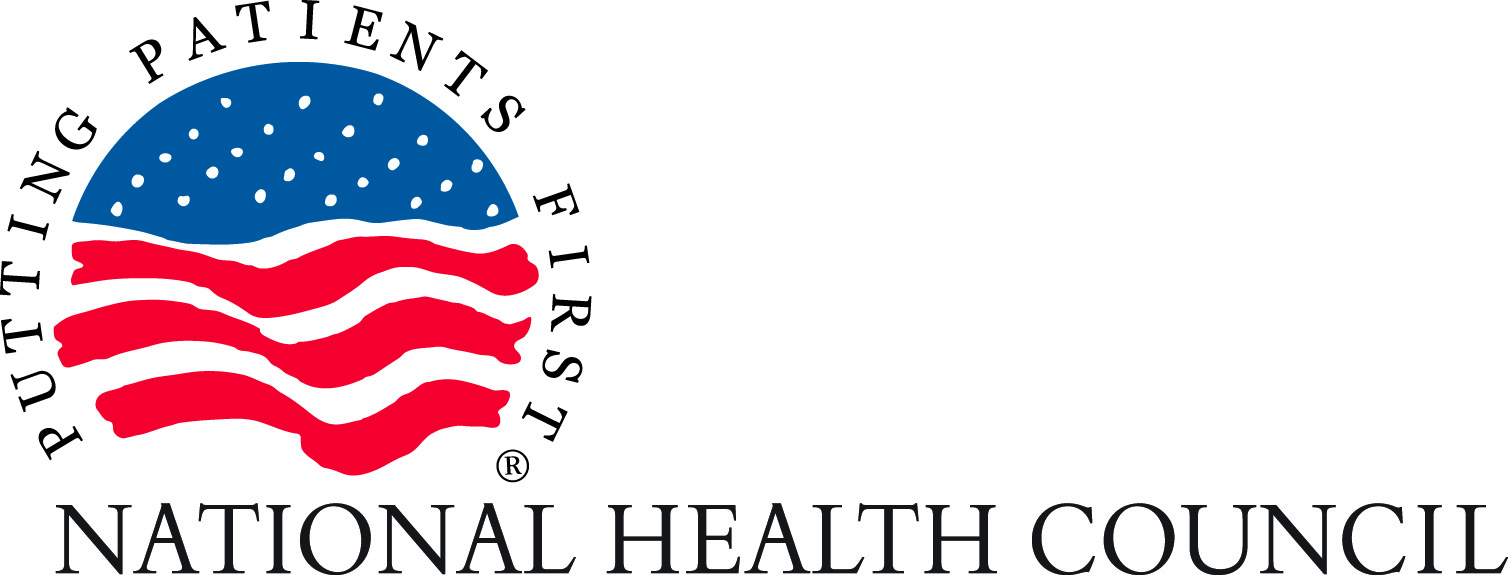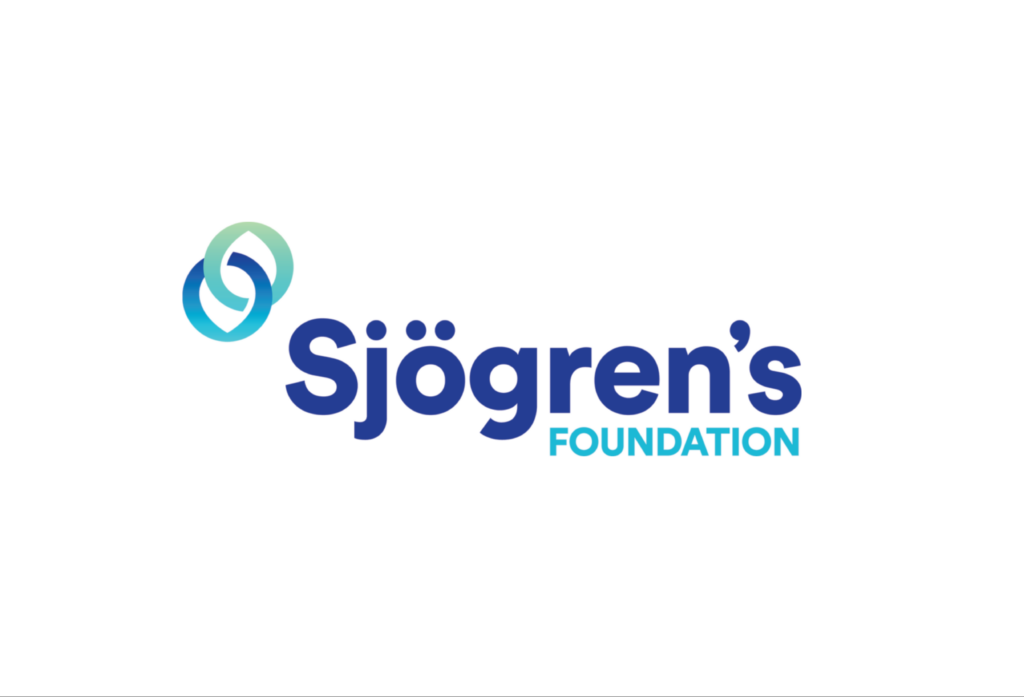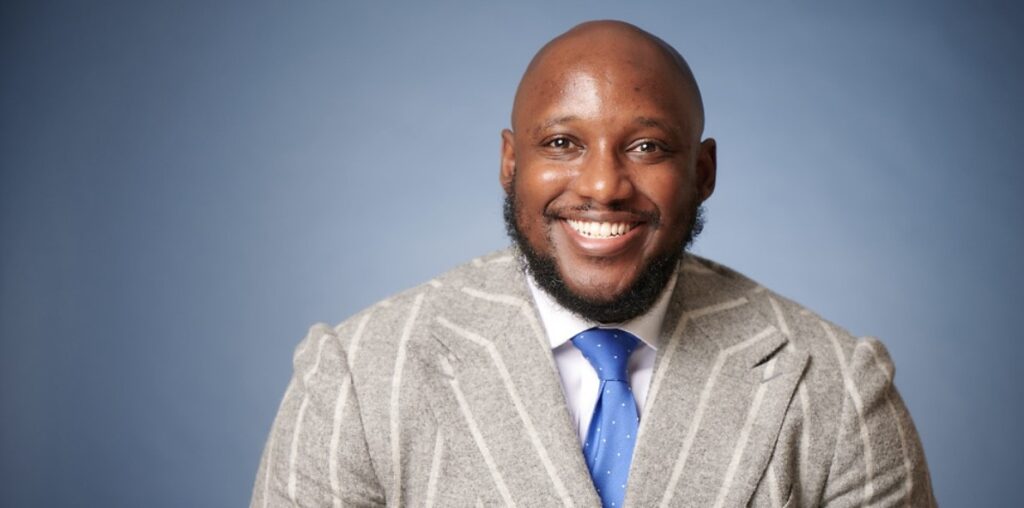

Indigenous Heritage Month Reflection and the Future of Health Equity
By: Karen Mancera-Cuevas, DrPH, MS, MPH, CHES Senior Director, Health Equity
Every year, Indigenous communities are celebrated in the month of November. There is richness in the diverse tribes that Native communities represent. Many traditions are passed across generations, but there are challenges with health literacy, health care access, and varied social determinants of health (SDoH) that impact tribal communities.
Indigenous communities throughout the U.S. represent specified Native cultural traditions and the intersectoral nature of preventive health or health care acquisition. An example is funding from the Centers for Disease Control and Prevention (CDC) for Tribal Practices for Wellness in Indian Country (TPWIC). The mission of the TPWIC is to support tribal practices and cultural traditions to build resiliency and strengthen community and cultural connections for improved mental, physical, emotional, and spiritual health within American Indian/Alaskan Native (AI/AN) communities.1 The predominant goal of this funding is to reduce death from chronic diseases. Increased risk from chronic diseases is due to some of the following factors: colonialism, loss of land, assimilation policies, and relocation. For Native communities, these experiences have resulted in historical trauma that intersects with SDoH inequities, therefore creating increased chronic disease risk for AI/AN individuals.
Other risks for Native communities include lung cancer due to increased prevalence of cigarette use (22.6%) and exposure to secondhand smoke.2 Public health initiatives, such as Real Values: American Indian and Alaskan Native People, share the narrative of individuals who are suffering from illness resulting from cigarette use or secondhand smoke.3 Indigenous communities have also utilized the Medicine Wheel, sometimes known as the Sacred Hoop for health and healing.4 It creates balance between the physical body, mind, spirit, and emotions, which is important for anyone facing a serious health challenge.5 Storytelling through healing circles also conveys health messages for many Native communities who view the power of healing through traditional cultural practices, values, and beliefs.6
Elevated cancer risks for colorectal, kidney, stomach, and liver have been demonstrated to have geographical association in Native groups. Researchers found that the biggest differences in cancer rates between Native American men and White men were found in Alaska, followed by the Southern Plains, Southwest, and Northern Plans. Additionally, the biggest difference between Native American women and White women were found in the Southern Plains, followed by the Northern Plains, Alaska, and the Pacific Coast.7, 8
Cultural competence is central to adequately treating AI/AN patients for clinical conditions. Such actions include early nutrition referrals, glucose monitoring, and hypertension screening in Native communities.9 Finding effective strategies collaborating with Indigenous leaders addresses culturally congruent strategy development of reduction of health inequity outcomes.
With continued partnership, there will be promise for future tribal led efforts that inform Native communities of the ongoing need to prioritize primary prevention programs to reduce SDoH impact for current and future generations.
References
- Centers for Disease Control and Prevention, Tribal Health, Tribal Practices for Wellness in Indian Country (TPWIC) | CDC. Accessed November 3, 2023.
- Centers for Disease Control and Prevention, Tips from Smokers, American Indian and Alaska Native People (cdc.gov). Accessed November 3, 2023.
- Centers for Disease Control and Prevention, Real Stories, Michael P.’s Story | Real Stories | Tips From Former Smokers | CDC. Accessed November 3, 2023.
- National Institutes of Health, National Library of Medicine, Medicine Ways: Traditional Healers and Healing, Tribes – Native Voices (nih.gov). Accessed November 6, 2023.
- Fred Hutch Cancer Center, Understanding tribal communities and cancer through storytelling, art | Fred Hutchinson Cancer Center. Accessed November 6, 2023.
- Hodge F, Pasqua A, Marquez C, Geishirt-Cantrell B. Utilizing Traditional Storytelling to Promote Wellness in American Indian Communities – PMC (nih.gov), 2002.
- Centers for Disease Control and Prevention, Cancer Research, Cancer in American Indians and Alaska Natives in the United States | CDC. Accessed November 3, 2023.
- Melkonian SC, Weir HK, Jim MA, Preikschat B, Haverkamp D, White MC. Incidence of and Trends in the Leading Cancers With Elevated Incidence Among American Indian and Alaska Native Populations, 2012–2016 | American Journal of Epidemiology | Oxford Academic (oup.com), 2021.
- Nahian A, Jouk N. Cultural Competence in Caring for American Indians and Alaska Natives – StatPearls – NCBI Bookshelf (nih.gov), 2023.



